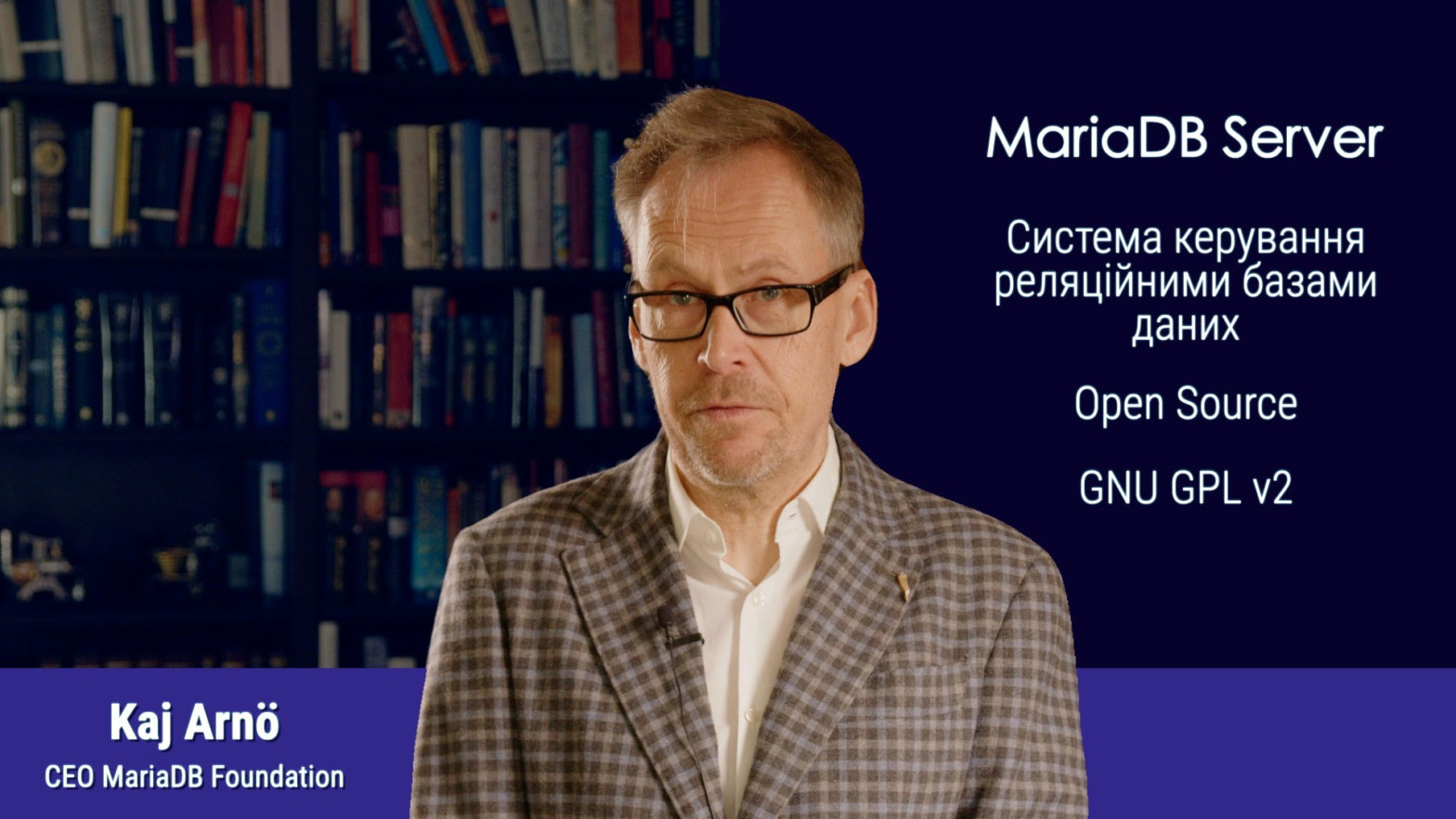This sounds like a lame cross-genre joke, but it is not. It is a lame cross-genre math problem. I have to admit, it didn’t have those names when I read about it, but I wanted to make it a bit more epic. So,
Sauron says to Dumbledore and Merlin, finally I have captured you both. Now I shall select two numbers, greater than one, less than a hundred. Dumbledore shall know their product and Merlin shall know their sum. If you, fools, will be able to tell me the numbers I have chosen, I shall let you free.
…
In this blog we will show how to access MySQL and MariaDB DBMS tables from MariaDB Server. For that we will use Connect Storage Engine (SE), which supports different table types options. In this case we will use the JDBC table type. To use the JDBC table type we need to specify it in the CREATE TABLE definition for Connect SE and we need the Java connector for the DBMS we are accessing. For demonstration purposes we will use containers, but this will work if the servers are running in VMs or bare-metal. Just make sure the machines can access each other via TCP/IP.
…
Continue reading “Connect SE JDBC table type: Accessing Tables From Another DBMS”
We are excited to announce that this year MariaDB has once again been accepted as a Google Summer of Code organization. With this blog post I want to showcase the projects we’re taking on and wish good luck to our mentees for the summer!
At MariaDB we strongly believe in growing Open Source and we encourage new developers to contribute. Google Summer of Code allows us to have dedicated contributors focus on a project for a few months, knowing the costs are covered. We at MariaDB can then just focus on the core aspects – writing code and growing our community.
…
Continue reading “MariaDB is part of Google Summer of Code 2023”
In a previous blog post, I gave an overview of the CloudFest Hackathon. At this event my team created a plugin for WordPress which added additional health checks for MariaDB. Since the Hackathon we have managed to get this plugin into the official WordPress plugin repository and are working on improving it.
About the plugin
The plugin is designed in a modular way with multiple parts that can be useful for WordPress administrators. The following is a breakdown of all the parts currently in the plugin.
Metrics
One of the core features is gathering metrics about the queries executed.
…
In a movie theater near you, expect to soon see an explanation of MariaDB Server and MariaDB Foundation in your own language! That is, providing you speak one of the good dozen of languages we have frequently encountered in the MariaDB Server ecosystem.
English is a least common denominator
Like a majority of the MariaDB Server users, most of the developers behind MariaDB Server are non-native English speakers. We use Bad English as our lingua franca. Our pronunciation may be bearable to OK, but as with most techies, our understanding of written and spoken English is OK to good.
…
In this blog we are going to learn how to migrate data from Oracle to MariaDB.
To begin, we’ll learn the basics about Oracle database to have an understanding about the steps that are done on the demo example. After, we will create a table in Oracle and migrate it to MariaDB.
To migrate data from Oracle there are 2 ways:
- Dump Oracle data to CSV and load data in MariaDB.
- Use the Connect Storage Engine to create or insert into a table from Oracle’s source definition.
For demonstration, we are going to use a docker container with an Oracle Express Edition (XE) image.
…
Coding standards are often as hotly debated as vim vs emacs and other developer arguments. Viewers of the show Silicon Valley will all know the “tabs vs spaces” scene and how passionate people can be about it. Whilst I do personally have a preference (I’m not sharing it here), I feel it is much more important that people stick to one standard for a code base.
Standards Story
Several months ago a new community developer for MariaDB Server sent me a message asking where to find our coding standards document. After a bit of searching I realised we did not have one, and if we want to onboard new developers we definitely should have one.
…
The MariaDB Foundation is pleased to announce the availability of MariaDB 10.11.3, MariaDB 10.6.13, MariaDB 10.5.20, MariaDB 10.4.29 and MariaDB 10.3.39, the latest stable releases in their respective long-term series (maintained for five years from their first GA release dates), as well as MariaDB 10.10.4, MariaDB 10.9.6 and MariaDB 10.8.8, the latest Generally Available releases in their respective short-term series (maintained for one year).
See the release notes and changelogs for details.
Release Notes Changelog What is MariaDB 10.11?
…





